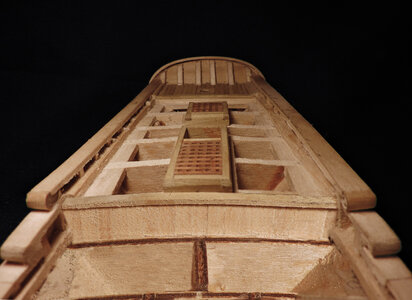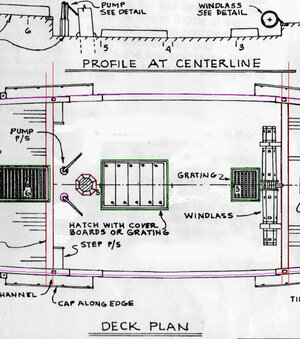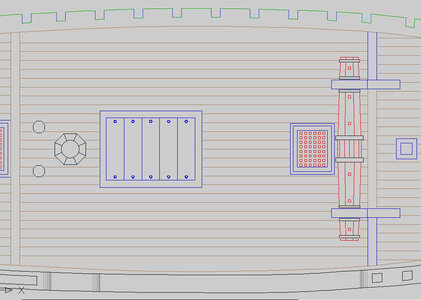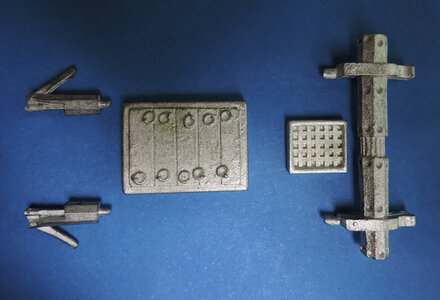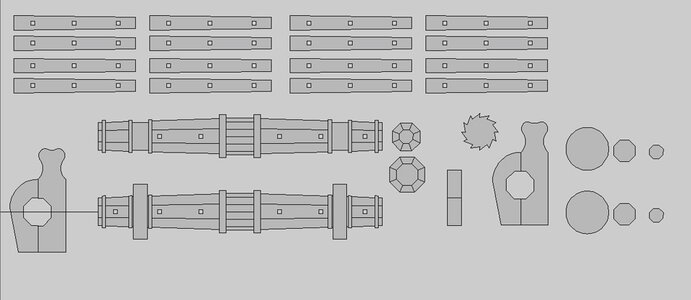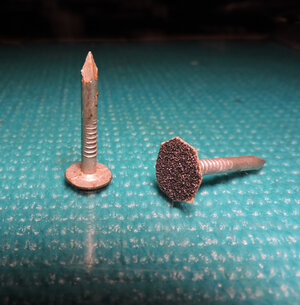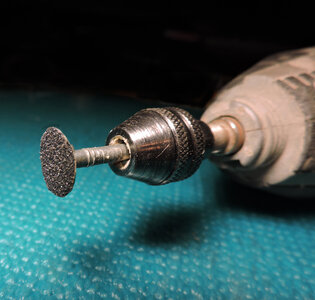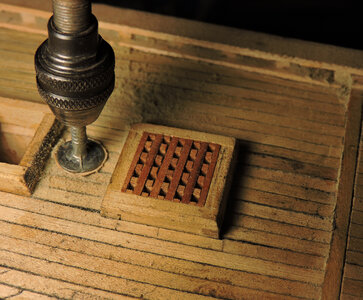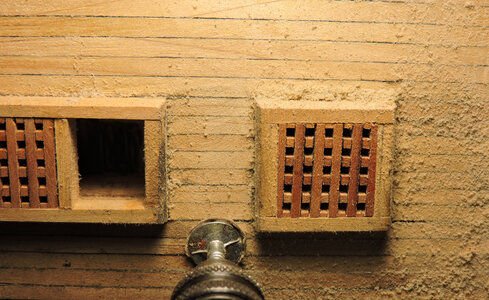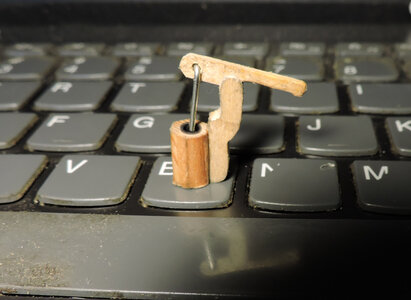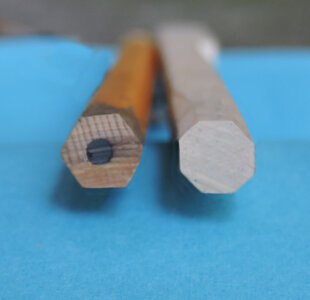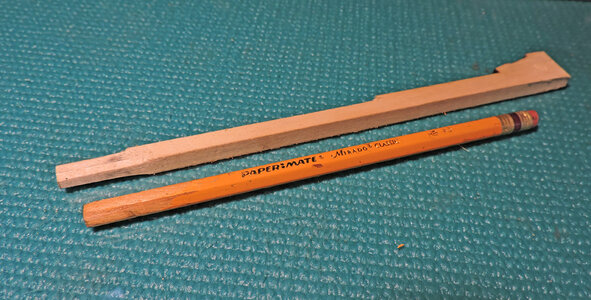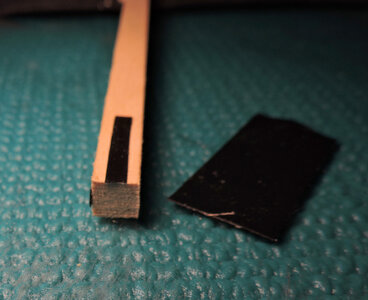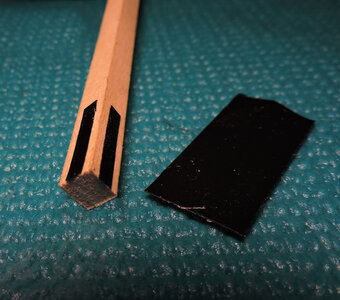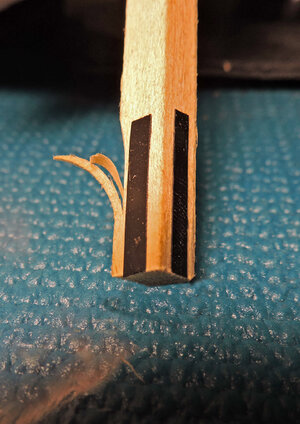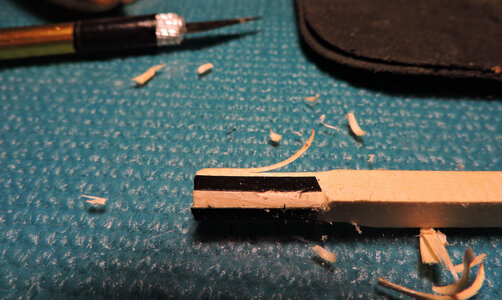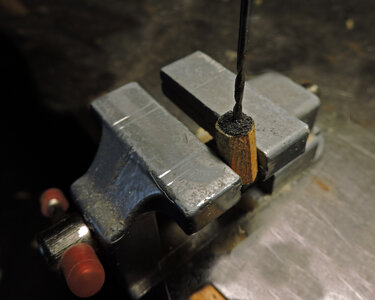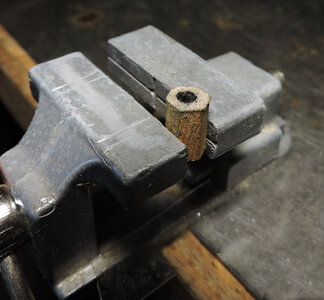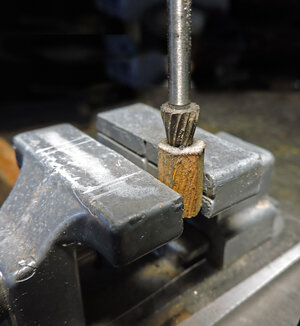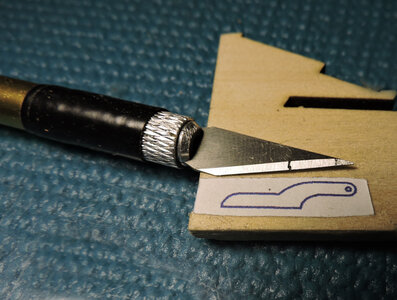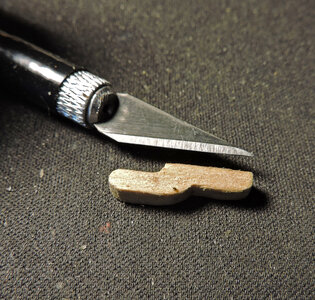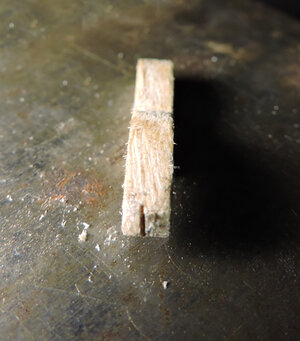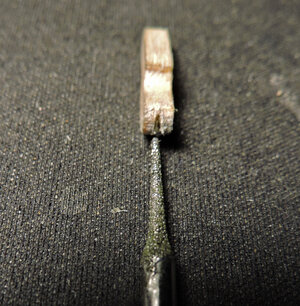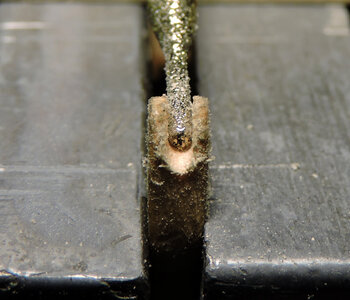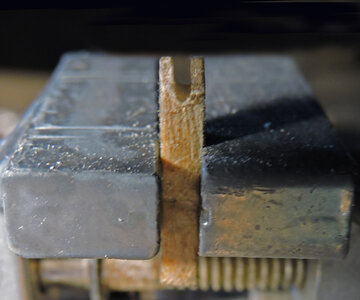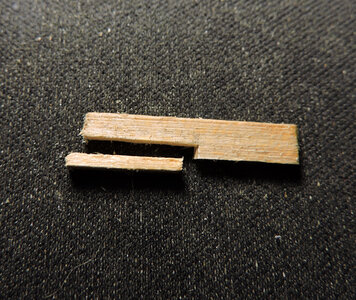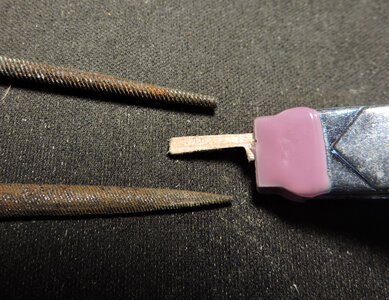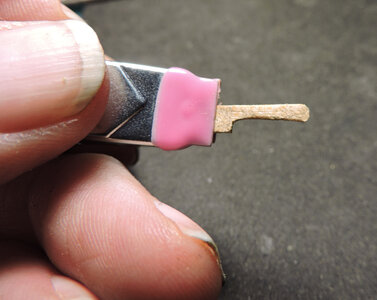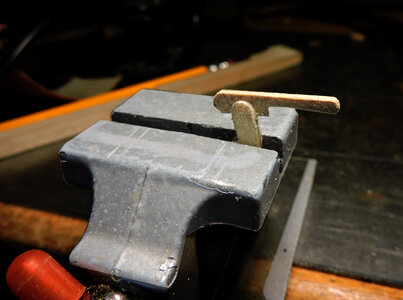Starting the deck i used my China marker to blacked the edges of the planks, a messy job because the marker gets on your fingers from holding the strips.
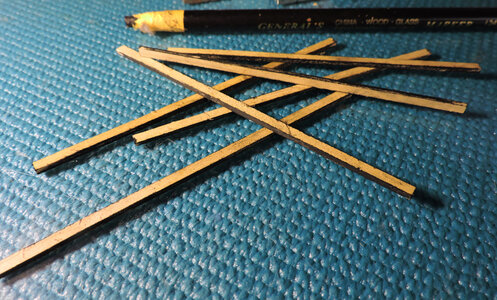
No need to go through the planking job plank by plank. Cutting the planks to fit between the break in the deck aft and the bull nose was no problem cutting the planking to fit nice. The one issue with using a China marker, it is messy it gets on you fingers from handling the planks. It is soft, waxy and sticky and gets on everything you touch. When all the planks are in place it looks bad dirty and messy.
Notice along the waterway there are no planks that come to a point like they did on the CAD drawing. Actually i did not plan for the decking to work out that way. Drawing in CAD and making the planks 1/8 wide they are exactly 1/8 wide. When in reality the deck planking is slightly wider and the drawing goes from line to line, on the deck there is the gap of caulking between each plank.
Drawings by hand have a + or - in CAD there is no + or - and they are exact. Building from a plan there will always be a need for adjustments, it is called the hand of man factor or the creeping measurement. So like the deck it was sheer chance it worked out the way it did. As i approached the waterway i saw i could fit the last plank if i used a wider plank and tappered it.
Getting back to a dirty deck lucky China marker does not smear it is either there or not so clean-up is no big deal.
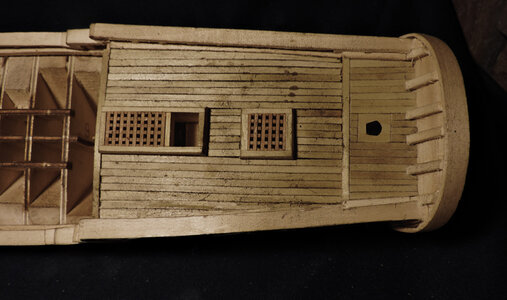
i did 1/2 the deck to show the clean compared to the uncleaned.
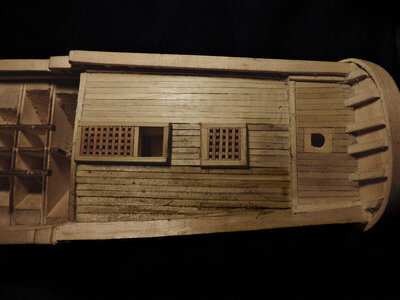
The deck area is kind of small and a block of wood with sandpaper was to big. Finishing a deck i like to scrape it rather than sand it. The end of a file has a edge that is not supper sharp but sharp enough to scrape clean the deck. I have used old files and tool steel and ground an edge to use as a scraper, you do not want to sharp of an edge because it will cut into the wood and not scrape it. Scraping the deck works fine in open areas but between the hatches i will have to sand.
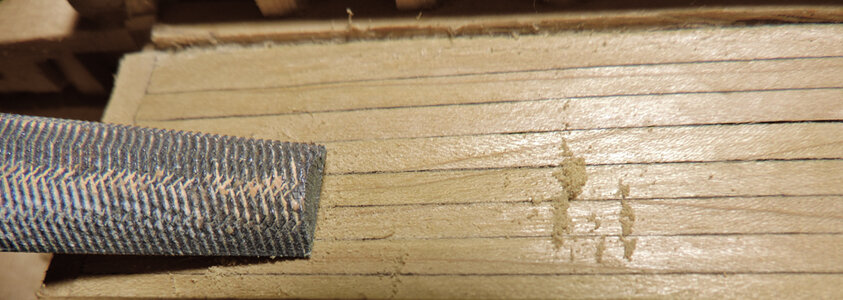
i still have to add the binnacle but that will be one of the last pieces to add to the model. I learned the hard way fine details are prone to get damaged from handling the model while under construction.


